


The Monumental had a long and troubled gestation which began in 1837 at the request of the Austrian administration of the Lombard-Veneto Kingdom to replace the six pre-existing Milanese cemeteries which were being closed and disposed of.
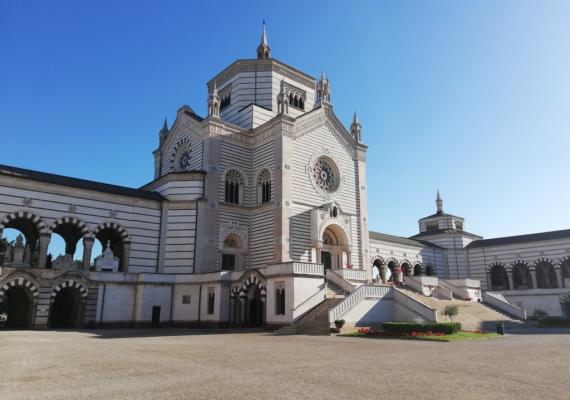
The winner of the final competition organized by the Municipality of Milan was the project by the architect Carlo Maciachini (1818-1899), built starting from 1864 in an eclectic style with Byzantine, Gothic and Romanesque references.
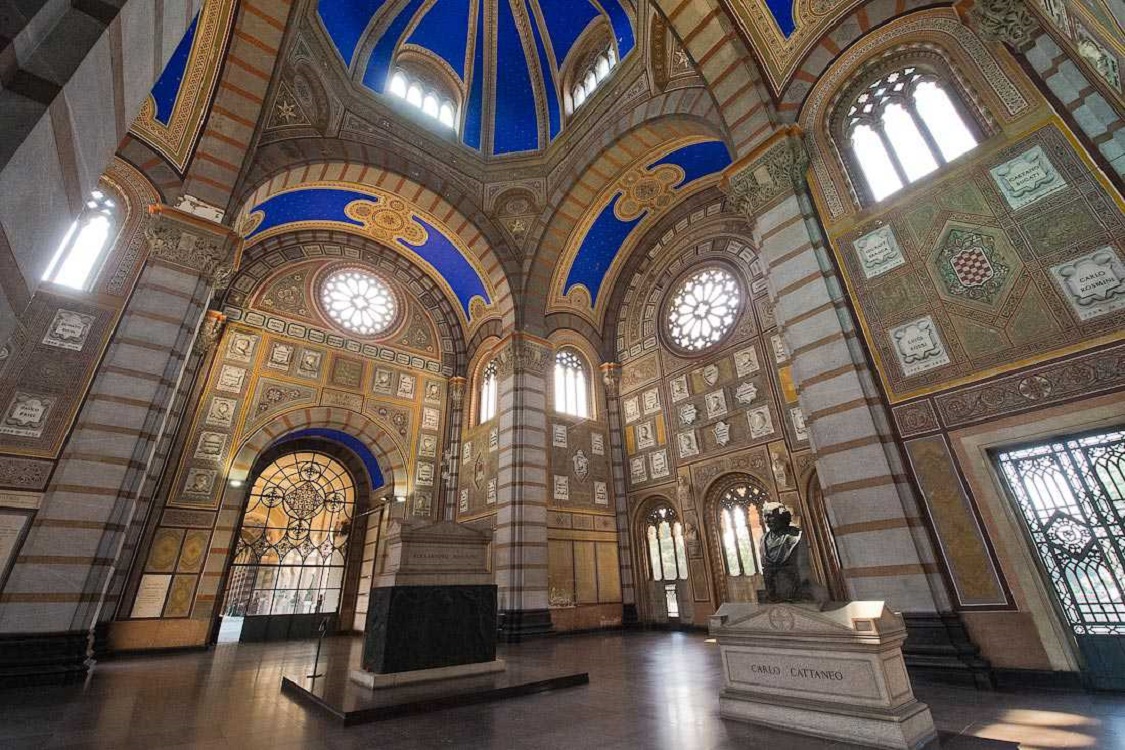
The first resolution relating to the erection of the new cemetery was that taken in 1837 by the Municipal Congregation (the current municipal council of Italian cities) chaired by the mayor Count Gabrio Casati in his first year of mandate: in that resolution the council announced a competition for a new cemetery that was "worthy of the luster of Milan, in order to bring together tombstones and monuments for distinguished citizens and family tombs, and vast to collect all the remains of the deceased".

From 1837, the date of the first resolution, to 1863, the date of approval of Maciachini's final project, a quarter of a century passed marked by difficulties, conflicts and quarrels.
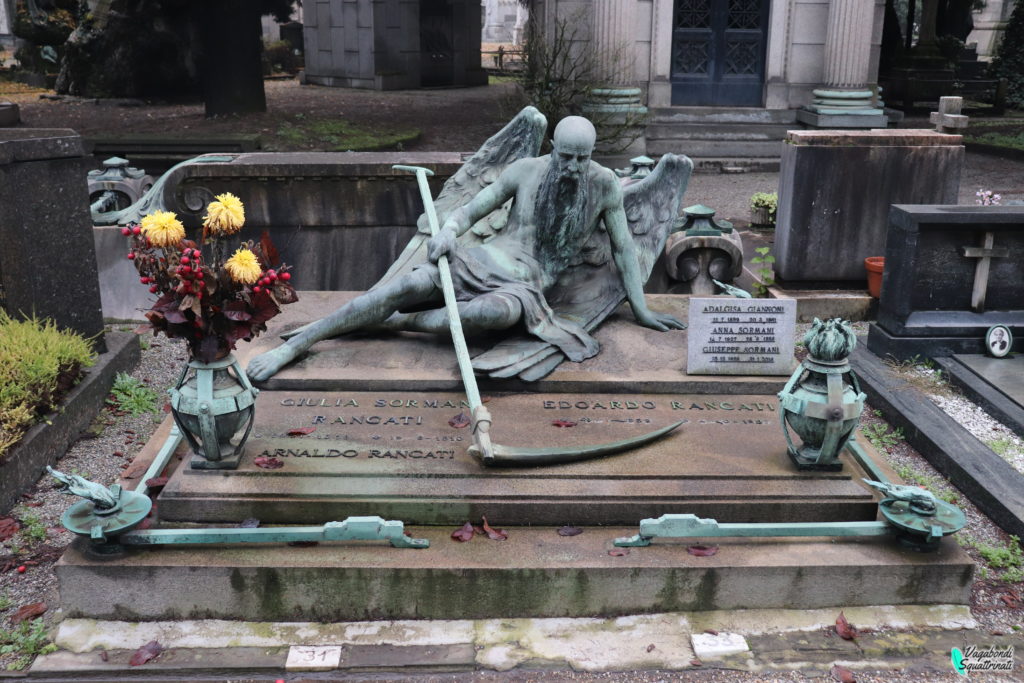
The initial resolution of 1837 had provided that the cemetery was built on an area outside the city of 55 200 square meters at the Cascine Abbadesse (today near via Melchiorre Gioia): in June 1839, at the end of the competition, twenty-five projects were presented, including those of the architects Alessandro Sidoli and Giulio Aluisetti had great support; the projects were presented to the Brera Academy of Fine Arts for an opinion that preferred the Sidoli project.

Despite the authoritative opinion of the academy, on August 12, 1843, the council annulled the judgment and instructed Alisetti to draw up a second design which was then approved on September 4, 1846.

The new project, however, ran aground due to a series of exceptions and objections raised on the chosen area and on the characteristics of the land that left fear of pollution of the drinking water that passed through it.
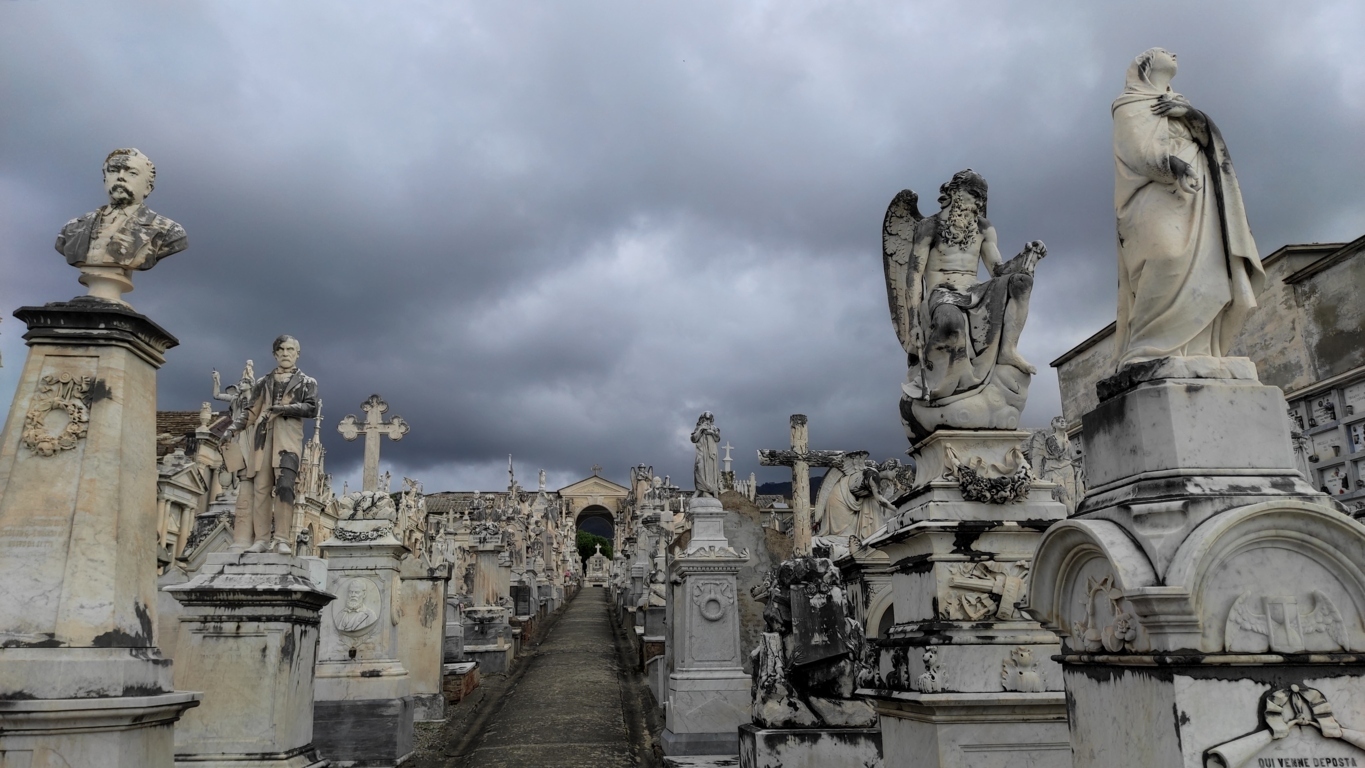
Having overcome all objections thanks to the report of the famous chemist Antonio Kramer, the project was sent to approve the expenditure to the Government which replied on 10 March 1847, denying the authorization against all odds and asking for a new project that included the cemetery in an area other than Cascine Abbadesse, whose land had already been purchased by the Municipality.
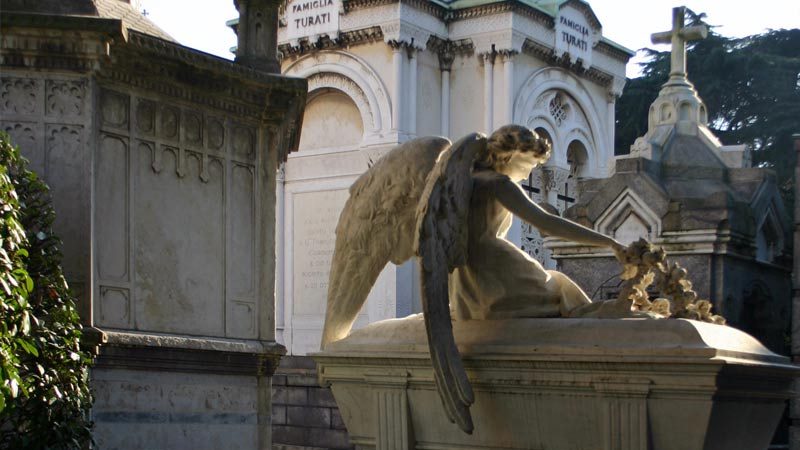
The political events of 1848 led to a further stalemate in the question but not in the struggle between the Sidoli project and that of Alluisetti: in 1855, in fact, with Milan again under the Habsburg administration, the congregation raised the theme of the Monumental and the The periodical Giornale dell'engegnere-architect re-presented the design of the Sidoli, supporting it, but the latter's death hampered every decision.

A new commission was then appointed to select a new area on which to erect the new cemetery according to the Alisetti project, but he too died shortly thereafter.

The new area was included between Porta Tenaglia and Porta Comasina and had been purposely purchased by the Municipality which, after the death of Alisetti, commissioned the engineer. Pestagalli to adapt the project to the new acquired area, which is the one on which today's cemetery stands.
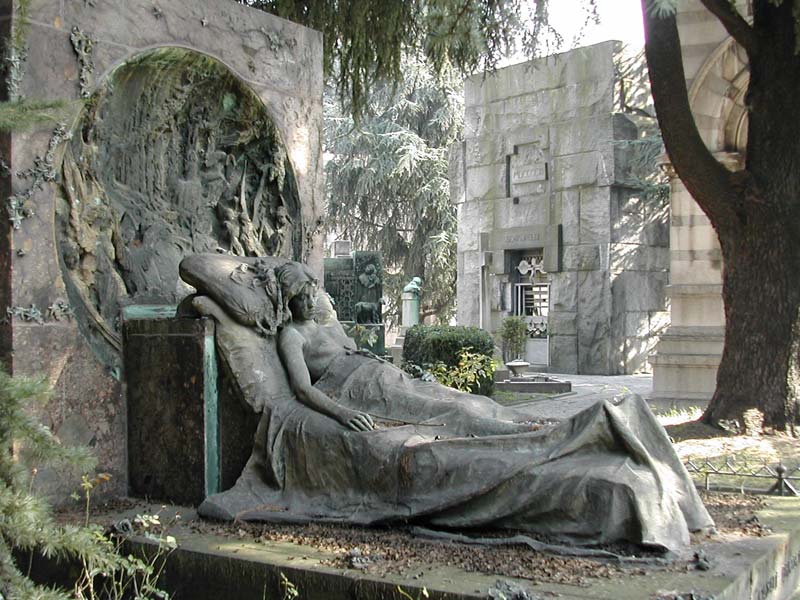
Thus began the work of leveling the land and building the surrounding wall.
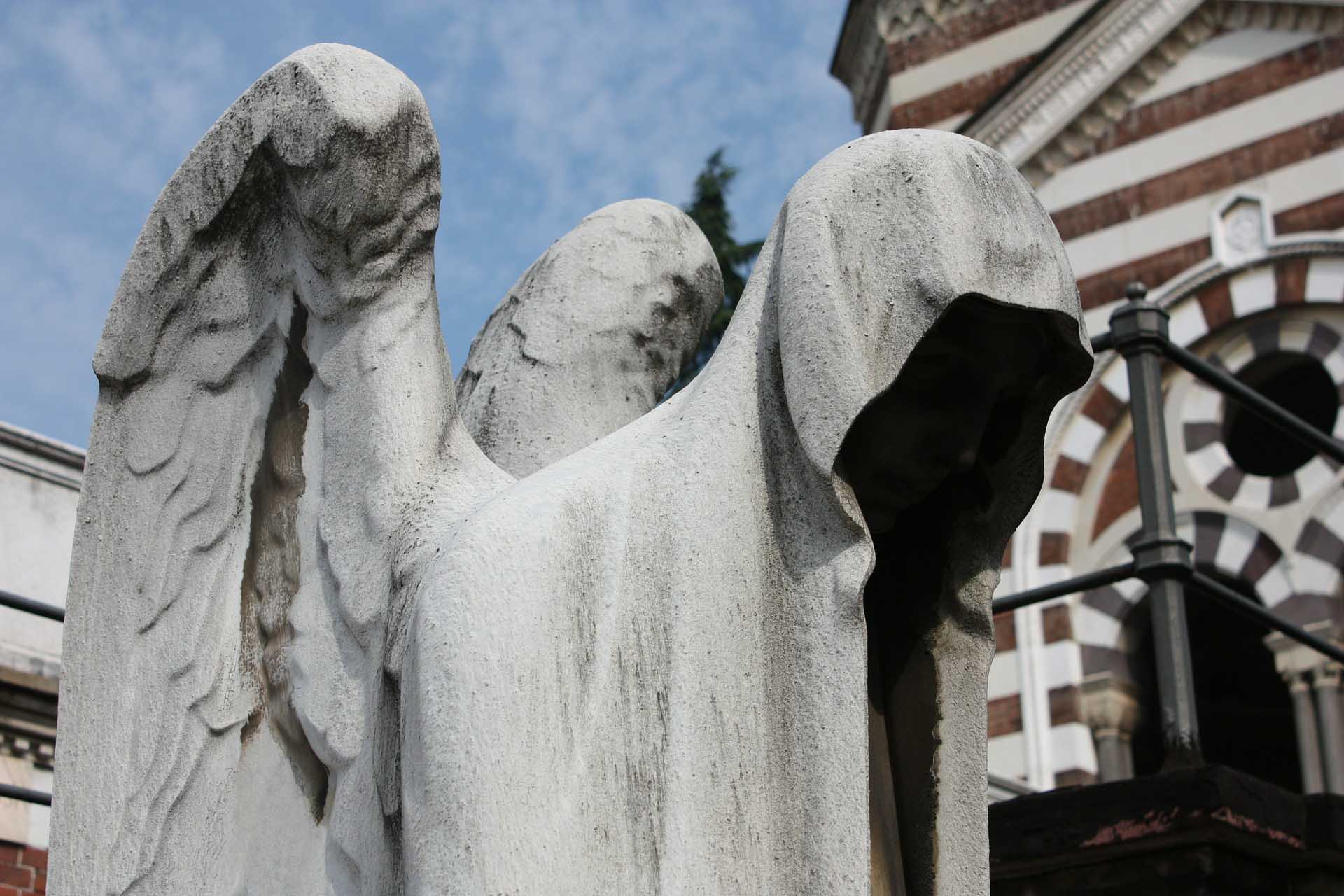
The liberation from Austria, however, determined that the new Municipality of Milan in the session of May 20, 1860 (under the mayor Antonio Beretta) suspended all work, bringing as a justification that the space enclosed in the boundary wall was insufficient.
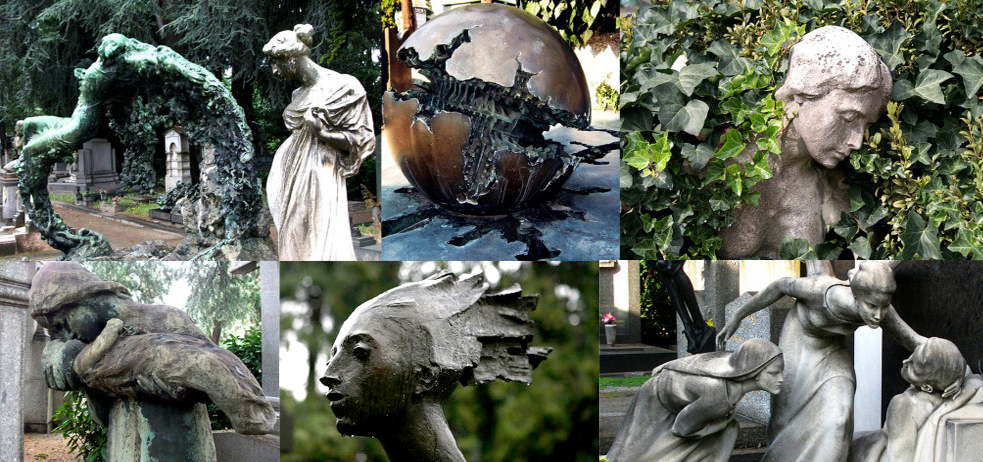
Probably, as Beltrami suggests, the reasons were more related to the desire to move away from an affair that lasted twenty years under Austrian domination and from the project oriented towards a Greco-Roman style that had by now had its day.
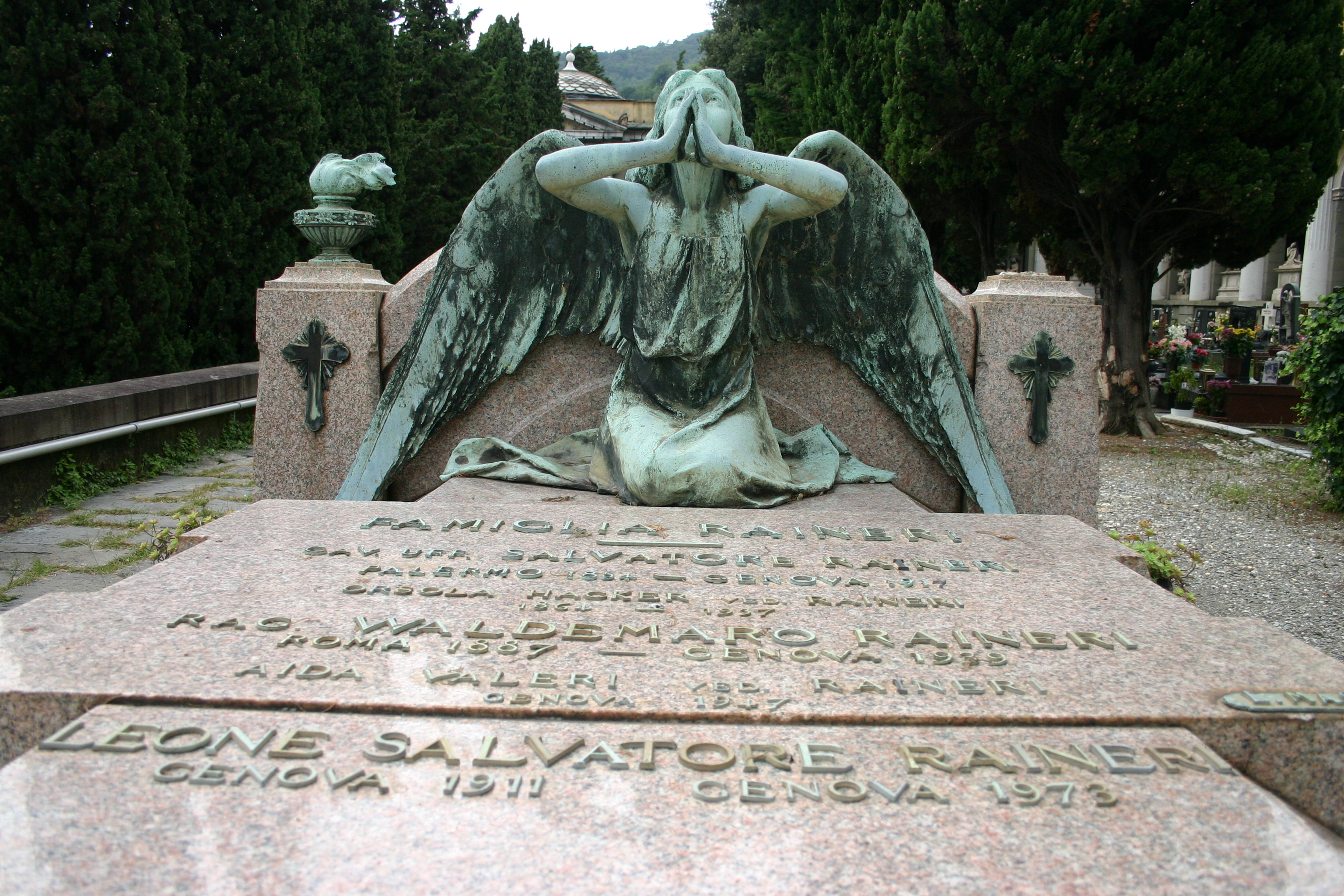
A new competition was then launched, ending on 30 September 1861, then extended to 31 December and finally to February 1863, in which twenty-one projects took part, including that of Carlo Maciachini who, in the session of 10 July 1863, was indicated as the best.
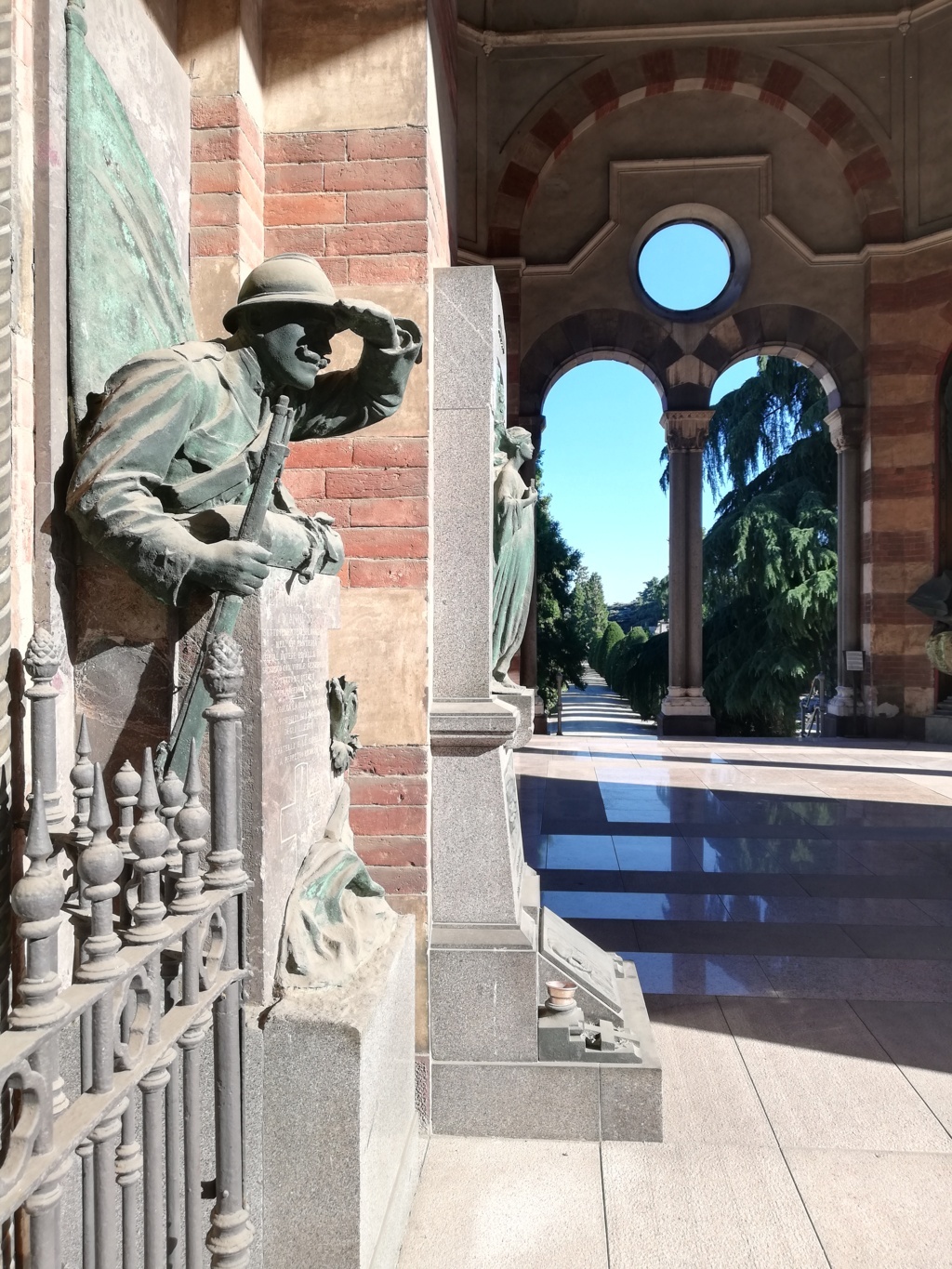
In the same years in which the works for the Galleria Vittorio Emanuele II and for the new Piazza del Duomo were started, the need was expressed for a place where the religious cult of the dead could be combined with strong civil values.
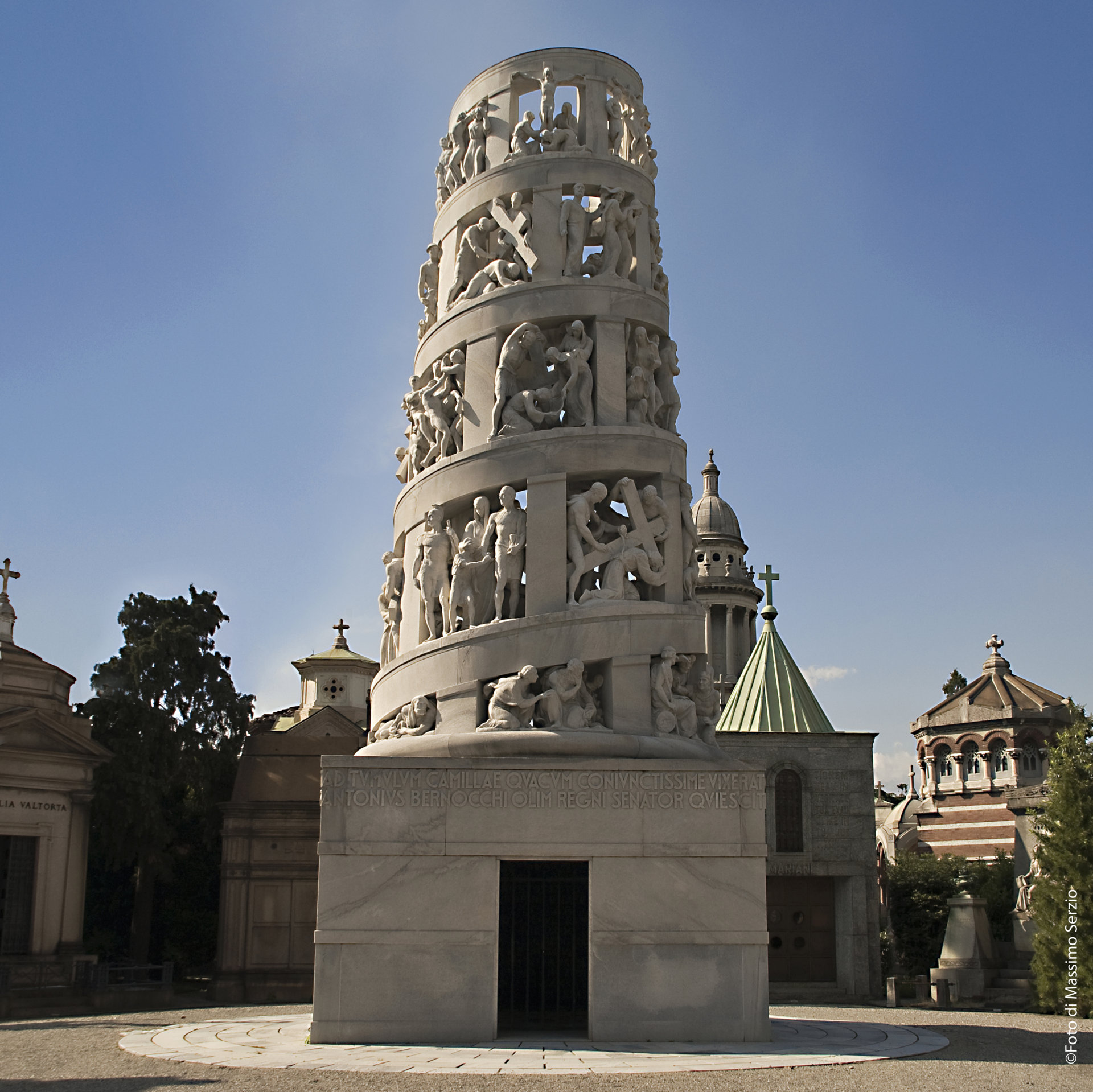
The Commission's decision, once again, was not without controversy; however, already at the end of 1863, it was possible to start the transformation works of an area of ??about 180 thousand square meters.

Monumental Cemetery of Milan - Virtual Tour 360°
Address: Piazzale Cimitero Monumentale, 20154
Phone: 02 88465600
Site:
https://monumentale.comune.milano.it/Location inserted by
OmoGirando